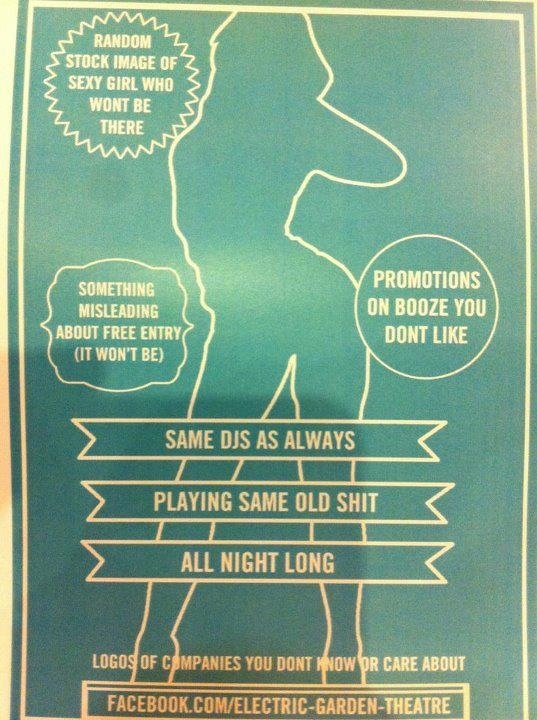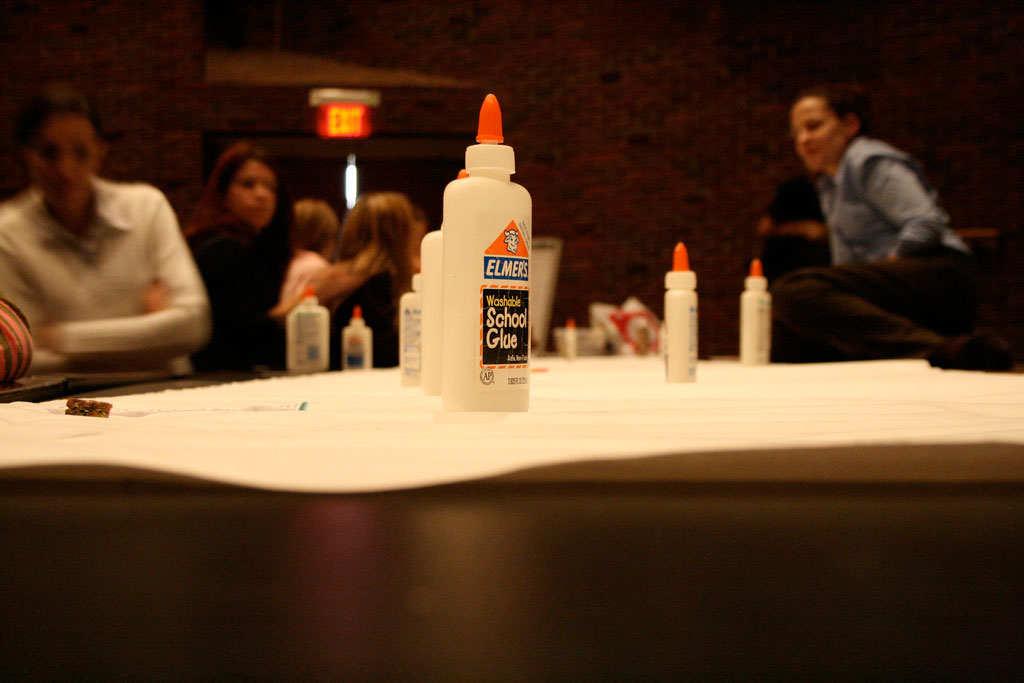If this blog title caught your eye, you're probably like the majority of our clients. You trust your customers, and you're looking for ways to encourage them to reciprocate. You want to build a relationship with them. So here are four best practices some companies are employing to help them cement solid, lasting relationships with their customers.
1. Feel their pain.
Trust begins with understanding. Imagining what it is like to be that person. If AT&T were an empathetic brand they'd consider their policies from their customers' point of view. They'd go out of their way to hire, train and empower their employees to consider the situation from the other side. Imagine what it might feel like to be a parent whose 9th-grade son is traveling 300 miles away from home, phone-less.
And that is just the surface stuff.
Some brands are going much deeper than policy design and employee training. According to a recent Emotivator post, in an attempt to better empathize with banking customers with mobility issues, Barclay's Bank is having its branch staff wear a specially designed suit as they enter and seek service in one of their branches. The suit is weighted, and includes goggles that dim vision and headphones that distort hearing. Indeed, it even includes sensors that create temporary joint pain.
Experiencing what it is to be a customer who is impaired in these ways creates a whole new level of insight into what that customer might need. This is leading Barclay's re-design of common bank forms, devices and physical branch structures.
2. Tell the Truth.
There is a refreshing trend toward transparency and honesty in marketing communications.
-
Tell the truth.
-
Tell it like it is.
-
Trust follows.
This flyer from the The Electric Garden Theatre nightclub in Ireland (courtesy of Andy Sernovitz) is a perfect example of how to be honest and build trust – and a loyal following – as a result.

3. Let Your Fans do the Selling.
After graduating from university in the early 1960s, my father worked in Liverpool as a journalist on the Liverpool Post and Echo. He lived in a boarding house run by a landlady who would pop out of her room every time she heard him in the hallway. In her thick scouser accent, she'd recommend some new product that he absolutely had to try. She would always end her unsolicited advice like this:
"It comes highly recommended by the man on the telly."
Dad never purchased anything Mrs. Lumsden recommended – because she wasn't that credible, and he certainly didn't trust the man on the telly!
Fast forward 50 years, and company-produced advertisements, slogans, features and benefits appear even less credible to the educated consumer. Today, the most credible and trustworthy brands are those with raving fans doing the selling for them. The challenge now is to find and fuel your brand ambassadors and encourage them to tell your story for you.
As Rohit Bharvava recently wrote: "A great message will still have limited impact if you have to be the one delivering it on behalf of your own brand." Rohit goes on to say, "Brand ambassadors are more than good customers. They are the individuals who love what you do so much that they are highly likely to volunteer to tell other people about it." Dunkin Donuts is a good example of a company with a raving fan following, and manages a program for showcasing those fans – showing appreciation and even delighting them.
4. Own Up to Mistakes.
Even the most empathetic, open and loved brands make mistakes. And this is when trust is put to the test. If you make a promise and you break it, it is hard to recover.
But not impossible.
Earlier this week Seth Godin wrote about the importance of saying to customers, "you're right, we were wrong." Seth says: "owning that and saying it outloud does two things: it respects the customer and it allows you to make more promises in the future."
Moving Forward
As you think about ways to enhance your customer and prospect experience, in 2015, what are you doing to earn their trust? What steps are you taking to understand your customers' pain, find your raving fans, be more truthful and fix your mistakes? Download our free eBook to learn how you can transform your experience and create higher levels of customer trust.
Image Credits:




